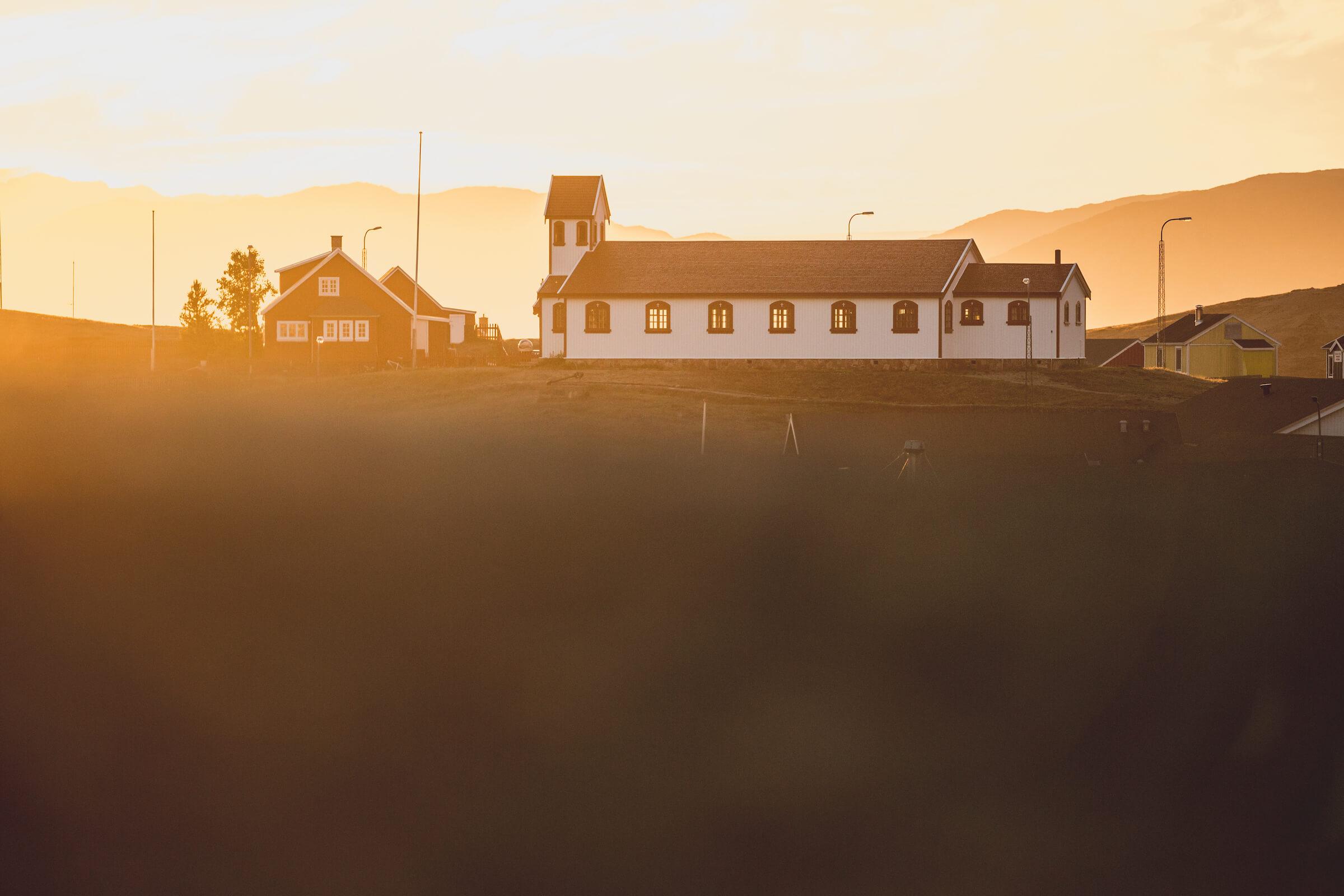Situated in a fjord system known for its abundant whales and seals, hiking, and mineral deposits, Narsaq is also a hub for sheep farming in South Greenland.
Quick facts
Facts about Narsaq
- Narsaq is the youngest town in South Greenland, established as such in 1959
- The plains around Narsaq are one of the main areas for sheep farming in Greenland and contain more than half of all the farms in the country
- Well-known Danish author, Jørn Riel, once lived in Narsaq. You can still see his house there
- Narsaq (also known as Narsaq Qujalleq) means “plain” in the Greenlandic language.
Useful information
Tips
-
Narsaq has Brugseni and Pilersuisoq supermarkets that stock a little bit of everything. You should aim to bring all your outdoor equipment with you or rent equipment from the Blue Ice Café in Narsarsuaq.
-
To buy souvenirs, check out the range at the Narsaq Hotel, Ulu Netcafe, and the museum
Closest ports of entry:
Tourist information:
Useful phone numbers:

Why Narsaq
In Narsaq you can explore a mountainous landscape that hides some of the rarest minerals on Earth, and then relax with a locally-brewed “Qajaq” beer made with thousands of years old water from icebergs.
While Narsaq does not have a large number of organised tours for visitors, its stunning backcountry is perfect for those who enjoy charting their own course to see what they can discover. Barely known Norse ruins lie buried in the valleys of Narsaq, pristine rivers teem with fish, and hidden mountain lakes overlook spectacular views of icebergs in the fjord. You never know what you might find out here. Perhaps even some Tugtupit – a rare, semi-precious stone that fluoresces under UV light.



 View map
View map


















